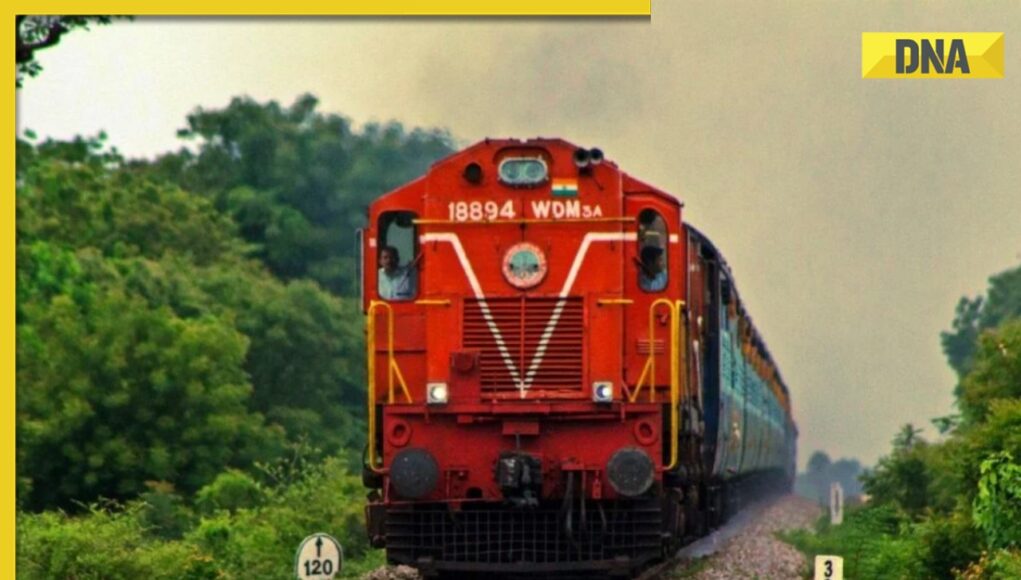Source : DNA INDIA NEWS
Before the image of railway stations’ commotion became India’s reality, such a vast network of over 68,000 kilometers was unthinkable. Quite a herculean task if you think about it like that. Who could possibly dare to weave together deserts, deltas, and densely-packed cities?
Before India evoked the image of railway stations’ commotion, such a vast network of over 68,000 kilometers was unthinkable. Quite a herculean task if you think about it like that. Who could possibly dare to weave together deserts, deltas, and densely-packed cities? Then came a man who had never held a spanner, built a train, or drove an engine.
The father of Indian Railways
On April 16, 1853, India’s first passenger train stood at the Bori Bander railway station, waiting to cover a distance of 34 km to reach Thane. But behind this historic journey was a man who had been plotting this path for almost a decade: Lord Dalhousie.
When Dalhousie took over as Governor-General of India in 1848, he had already spent five years dreaming, drafting, and detailing plans for India’s entry into the railway age. By 1849, he had already nudged the British Parliament into passing the Great Indian Peninsular Railway Act — a legislative green signal that would change the subcontinent forever.
Dalhousie’s vision was funded by private British companies and cushioned with guaranteed profits by the British government. A game-changing move for infrastructure, but initially, it rolled mostly for colonial convenience.
Beyond the tracks
Dalhousie didn’t stop at wheels. In 1852, he introduced the electric telegraph to India. By 1854, you could send a message from Calcutta to Agra at a uniform rate. He also founded the Public Works Department, overseeing roads, canals, and bridges, and completed the Ganga Canal in 1854. His push for education, via Charles Wood’s Dispatch, laid the groundwork for universities in Bombay, Calcutta, and Madras. Yet, his authoritarian streak shone through as he centralised power, sidelined local rulers, and believed Western systems outshone Indian ones — a mindset that stirred resentment.
A controversial legacy
Dalhousie’s Doctrine of Lapse sowed seeds of discontent. If a princely state didn’t have a “legitimate” heir, the British would just annex it. Places like Satara (1848) and Jhansi (1853) were absorbed into the British empire. This policy lit the fuse that exploded into the Indian Rebellion of 1857.
So, while Lord Dalhousie’s fingerprints are all over the idea of modern India, his aggressive annexations and cultural insensitivity affect his legacy in the country. The hill station of Dalhousie in Himachal Pradesh, named in 1854, stands as a nod, albeit quiet, to his influence.
SOURCE : DNA NEW








